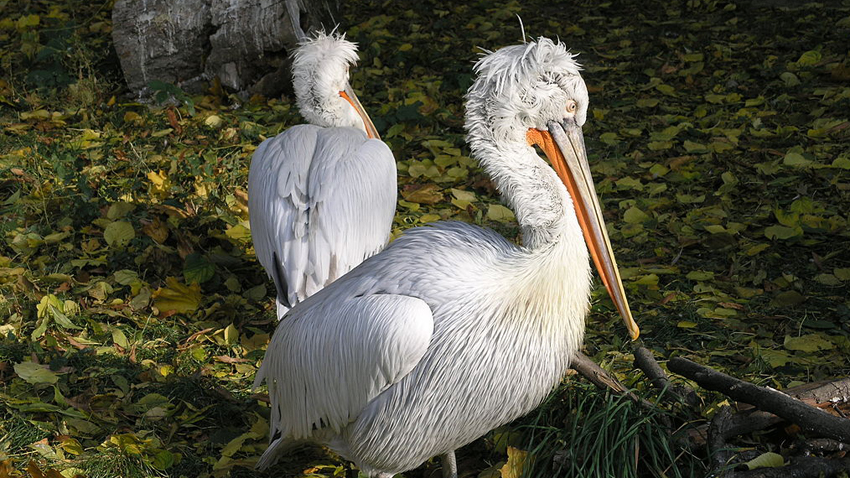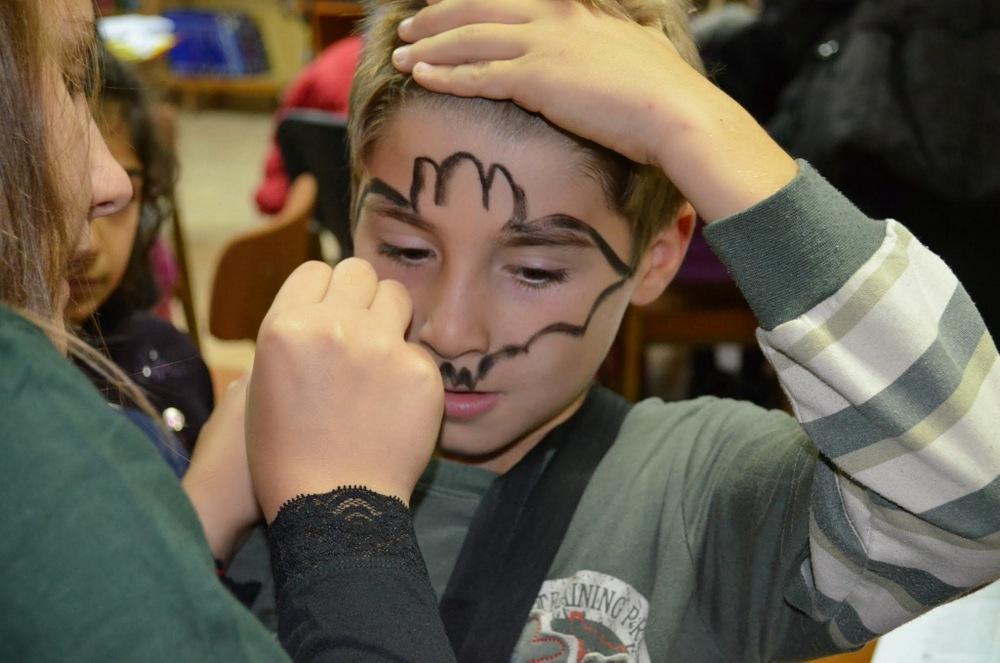People tend to look at the sky in spring and autumn, watching the large flocks of birds that fly to the South. Many fans of nature spent once again the first weekend of October, observing migrating birds. The event was traditionally organized by the European and Central Asian branches of BirdLife International. The greatest number of events – 150, were organized in Holland. Switzerland saw this year the greatest number of participants: 5,334, while Holland observed no less than 1,052,681 birds. Eleven Bulgarian cities and towns held bird observations.

Some really rare specimens have been observed this year, as Bulgaria is among the richest European countries with nearly 430 bird species, many of those being rare or endangered.
“Dalmatian pelicans, ferruginous ducks, white-tailed eagles and Euroasian spoonbills were among the endangered species observed. People along the Black Sea coastline had special opportunities for thrilling experiences. Some of the initiatives took place in the Poda protected area near Burgas, where the greatest number of birds per unit area in Europe can be found. Fans of nature managed to observe really interesting things there…”

Bulgaria is the country with the greatest diversity of bats in Europe – 35 out of 37 species, existing on the continent can be found here. The Devetashka Cave hosts the third most significant bat colony in Europe with around 40,000 specimens. However, the Bulgarians still know few things on these flying mice, says Nia Toshkova from the Bat Research and Conservation Center at the National Museum of Natural History with the Bulgarian Academy of Sciences. That is why most of the events, related to the European Bat Night here are targeted at children. Scientists create along with kids bat origami, they draw their faces like bats, they prepare cookies

“Bats eat enormous amounts of insects and the quantity of pests in agriculture is regulated this way for instance. Few people know that there are bats, pollinating plants. Bats pollinate the cocoa plant and our chocolate pleasures are due to them actually. Fans of tequila can find it interesting to know that the blue agave plant, which is the source of the drink, is also pollinated by bats.”
There are many prejudices, related to the grey flying bats, accused of vampirism. However, only 3 out of the 1,300 existing species feed on blood. “We don’t have any of those in Bulgaria, but the three species mentioned are not so scary, as they only take a few drops of blood from cattle,” Nia Toshkova points out.
English version: Zhivko Stanchev
Photos: wikipedia.org and personal archiveThis evening, at 6pm, a prayer service will be held in the courtyard of the Great Basilica, followed by a festive concert dedicated to the 1160th anniversary of the baptism of the Bulgarian people and the 1170th anniversary of the creation of the..
International Labor Day on May 1 in the mass consciousness of Bulgarians is often associated with the period of socialism and the grandiose demonstrations that the older generation of Bulgarians remembers well. However, it has much deeper roots. Its..
Digital nomadism, a lifestyle where people choose remote work so they can travel and live in different environments, is becoming a phenomenon on the way to overturn our ideas about work and way of life. In this regard, Bulgaria offers a palette of..
The FameLab International Science Communication Competition aims to discover, train and give a platform to the world’s most promising new scientists. The..
"United We Stand" - Bulgaria's national motto - will be put into action on May 8 by the Bulgarian community in New York City, amid the realities of the..
The "Roses of Bulgaria" festival will be held at the Museum of Emigration in Sao Paulo, Brazil on May 10. The cultural event is organized by the..

+359 2 9336 661
